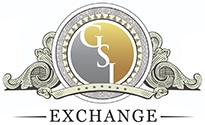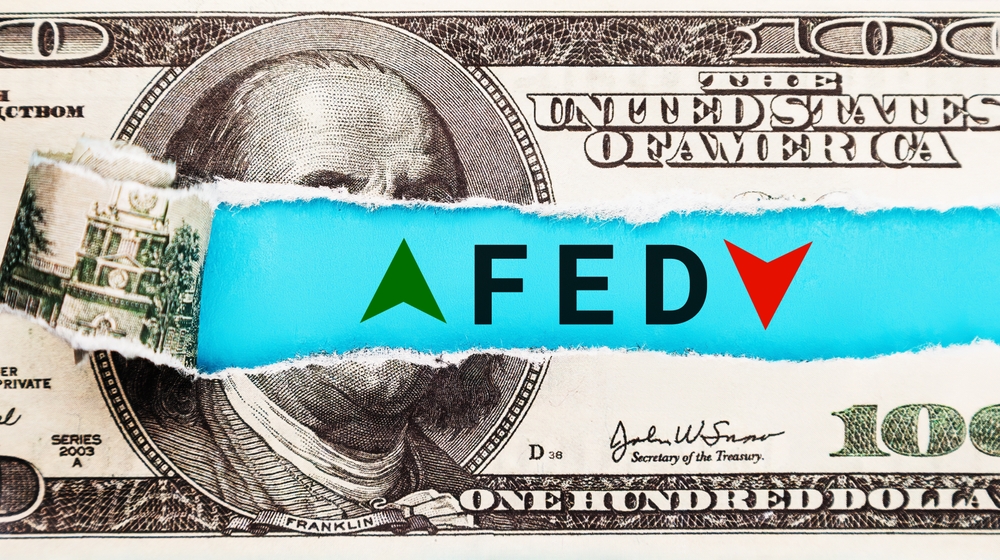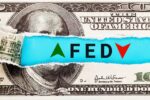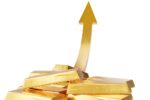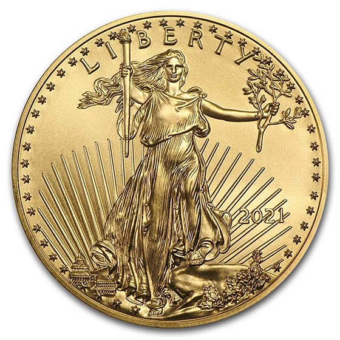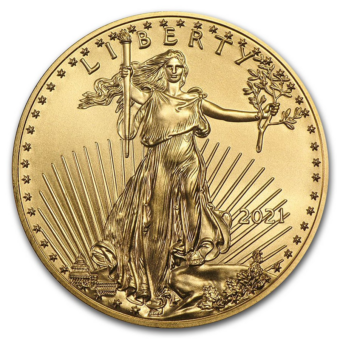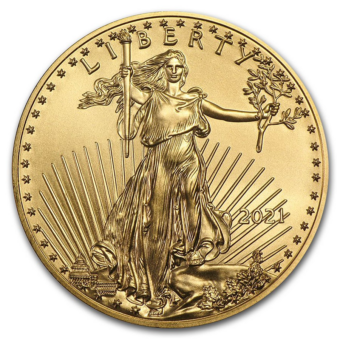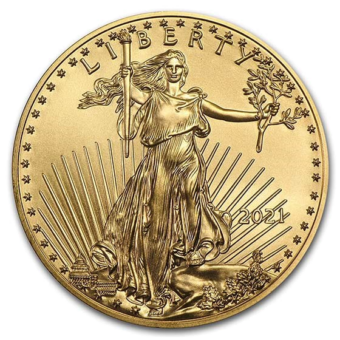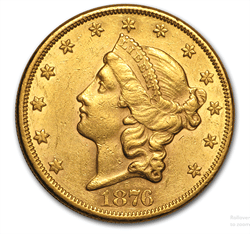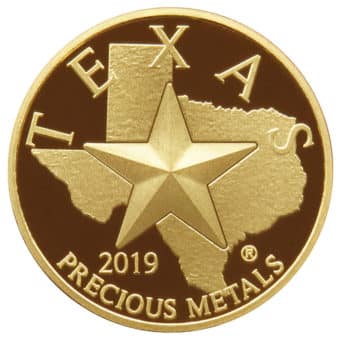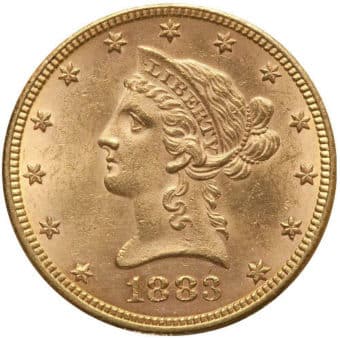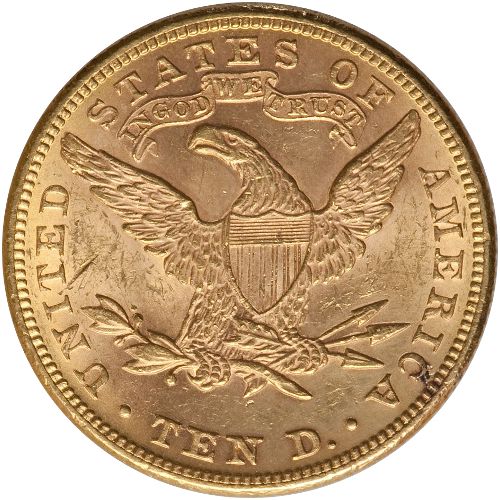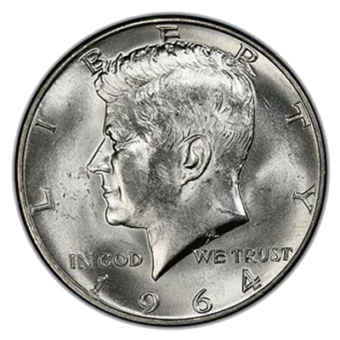A Daily Journey Through the Week's Market
Monday - 5.12.25: Gold and silver prices fell sharply in midday U.S. trading Monday, with June gold down $113.20 at $3,230.60 and July silver off $0.259 at $32.655, as traders reacted to improved risk sentiment following a major breakthrough in U.S.-China trade relations. Profit-taking and liquidation by short-term futures traders also weighed on prices. Markets were upbeat after the two nations agreed to a 90-day tariff truce following high-level talks in Geneva, signaling a significant de-escalation in trade tensions and a renewed commitment to ongoing economic dialogue.
Tuesday - 5.13.25: Gold and silver prices are sharply higher in midday U.S. trading Tuesday, with June gold up $31.40 at $3,259.20 and July silver gaining $0.521 at $33.145, boosted by a weaker U.S. dollar and rising crude oil prices. The April CPI report showed a 2.3% year-over-year rise, slightly down from March, with core CPI steady at 2.8%, matching expectations. While markets had little immediate reaction, the tame inflation data supports the case for Fed rate cuts, lending additional support to precious metals.
Wednesday - 5.14..25: Gold and silver prices fell sharply Wednesday, with June gold down $60.90 at $3,187.00 and July silver off $0.675 at $32.425, as profit-taking and weak-handed long liquidation pressured the metals amid improved risk appetite. U.S. stock indexes rose slightly at midday, extending gains to three-month highs on easing U.S.-China trade tensions and a cooler-than-expected CPI report. Traders now await Thursday’s U.S. producer price index for further inflation signals.
Thursday - 5.15.25: Gold and silver prices are slightly lower in early U.S. trading Thursday, with June gold down $2.90 at $3,185.40 and July silver off $0.119 at $32.325, as risk appetite wanes. Global markets were mixed to weaker overnight, and U.S. stock indexes are set for lower openings. Market uncertainty remains high amid unclear U.S. trade policies, with investors watching ongoing talks with Japan, India, and South Korea. David Morrison of Trade Nation noted the market feels "in limbo" following Trump’s tariff program, raising concerns about lasting economic damage.
Friday - 5.16.25: Gold and silver prices dropped sharply in early U.S. trading Friday, with June gold down $59.80 at $3,166.80 and July silver off $0.58 at $32.10, amid slightly improved investor sentiment and choppy, sideways trading late in the week. U.S. stock indexes pointed to firmer openings as risk appetite improved following signs of a thaw in U.S.-China trade tensions. Meanwhile, warnings from Walmart’s CEO about rising costs due to tariffs, and Fed Chair Powell’s caution on persistent supply shocks, suggest interest rate cuts are unlikely in the near future.
Gold Holds Gains as Producer Prices Drop Sharply in April
The Big Picture
Gold prices bounced from overnight lows Thursday after U.S. wholesale inflation came in far cooler than expected. The soft PPI data strengthens the case for potential Fed rate cuts later this year, offering fresh support for the precious metal.
What’s Happening
The Producer Price Index (PPI) fell 0.5% in April—the sharpest drop in over a year—following a 0.4% decline in March. Economists had expected a 0.2% increase. Core PPI, which strips out food and energy, also fell 0.4%, well below expectations. The data suggests weakening inflation pressures at the producer level, which may reduce the urgency for further Fed tightening. Spot gold rose 0.19% to $3,182 an ounce as traders responded to the surprise reading.
By the Numbers
- Headline PPI (April): –0.5% (vs. +0.2% expected)
- Core PPI (April): –0.4% (vs. +0.1% expected)
- 12-month PPI: +2.4% YoY
- Spot gold: $3,182/oz, +0.19% on the day
Why It Matters
The PPI is a key leading indicator of inflation. A sharp pullback in wholesale prices could ease pressure on the Fed and open the door to rate cuts—conditions that historically favor gold as a store of value.
The Bottom Line
April’s surprise drop in producer prices gives gold bulls a reason to stay optimistic. With inflation cooling, the Fed may have more flexibility—and gold may have more room to run.
Jamie Dimon: Recession Still a Risk Despite Tariff Pause
The Big Picture
JPMorgan Chase CEO Jamie Dimon warned Thursday that a U.S. recession remains a real possibility, even after recent moves by the U.S. and China to pause tariff hikes. While the risk has declined, Dimon says economic uncertainty is still holding back business investment.
What’s Happening
In an interview with Bloomberg, Dimon said he wouldn’t rule out a recession and deferred to JPMorgan’s chief U.S. economist, Michael Feroli, who now puts the odds “below 50%” but still elevated. Dimon noted that although the 90-day tariff pauses are a “positive,” import taxes remain high and continue to weigh on corporate decision-making. He emphasized the need for ongoing dialogue, warning that uncertainty is prompting businesses to delay investments.
By the Numbers
- JPMorgan’s recession odds: “Still elevated, but below 50%”
- Tariff rollback: 90-day pause on China and other nations
- Investment climate: Businesses holding back due to uncertainty
Why It Matters
Dimon’s cautious tone suggests Wall Street isn’t celebrating the tariff truce just yet. Even temporary relief hasn’t erased inflation concerns or investment hesitancy, which could stall growth if sentiment doesn’t rebound.
The Bottom Line
A recession may no longer be the base case—but it’s far from off the table. Dimon’s message: The economy is stabilizing, but risks from tariffs and weak business confidence still loom.
China’s Gold Market Boomed in April—But the Heat May Cool
The Big Picture
China saw one of its strongest gold market performances ever in April, driven by trade tensions, a weaker dollar, and surging investment demand. But with U.S.-China relations easing, the World Gold Council warns that the rally may not last.
What’s Happening
Gold prices in China hit multi-year highs, with the SHAUPM posting its best April in 19 years and the LBMA Gold Price PM up 27% year-to-date. Investor demand surged, especially in ETFs, which saw a record $6.8B in inflows. Futures trading also doubled to a record high, while central bank buying continued for a sixth straight month. However, imports remained weak, and early May shows signs of slowing as tensions with the U.S. de-escalate and profit-taking sets in.
By the Numbers
- ETF inflows (April): $6.8B
- Total ETF holdings: 203t
- PBoC reserves: 2,295t (+2.2t in April)
- March imports: 46t, vs. 183t last year
- SHAUPM: Best April in 19 years
Why It Matters
April’s rally confirmed gold’s safe-haven appeal in China, but waning geopolitical fear and seasonal demand could slow momentum. Long-term demand remains supported by macro risks and institutional buying.
The Bottom Line
China’s gold market just had a blockbuster month—but cooling trade tensions and stable prices may take the edge off near-term investment demand.
Inflation Cools to 2.3% in April—Lowest Since Early 2021
The Big Picture
Inflation eased more than expected in April, with the consumer price index rising just 2.3% year-over-year—the lowest since February 2021. While markets welcomed the cooling data, looming Trump-era tariffs could still push prices higher in the coming months.
What’s Happening
The CPI rose 0.2% in April, matching forecasts, while the annual rate came in slightly below expectations. Core CPI—excluding food and energy—also increased 0.2%, with a 2.8% year-over-year rise. Shelter costs were the largest contributor, accounting for over half the monthly increase. Food prices dipped slightly, while egg prices plunged 12.7%. Tariff impacts have yet to show up in consumer prices, but economists warn that may change starting in May, depending on U.S.-China negotiations.
By the Numbers
- Headline CPI: +0.2% MoM / +2.3% YoY
- Core CPI: +0.2% MoM / +2.8% YoY
- Shelter: +0.3% MoM, driving most of April’s increase
- Egg prices: –12.7% MoM, but +49.3% YoY
- Real average hourly earnings: Flat MoM, +1.4% YoY
Why It Matters
The soft CPI print eases immediate inflation fears, but with Trump’s sweeping tariffs still in play, prices may rise again this summer. Markets have already shifted expectations, pushing the first Fed rate cut to September and lowering odds for aggressive easing in 2025.
The Bottom Line
April’s inflation data suggests temporary relief—but with tariffs looming and shelter costs still climbing, the Fed may not have the runway to cut rates as early or as often as once expected.
Next Week’s Key Events
Economic Calendar: May 19 – May 23, 2025
Monday, May 19
- 8:45 AM ET: New York Fed President John Williams Speech
Remarks from a key Federal Reserve official that could provide insight into future monetary policy direction. - 10:00 AM ET: U.S. Leading Economic Indicators – April
Composite index of ten indicators used to forecast future economic activity.
Tuesday, May 20
- 9:00 AM ET: Richmond Fed President Tom Barkin Speech
Public comments from a voting FOMC member, which may signal shifts in policy stance.
Wednesday, May 21
- None scheduled
Thursday, May 22
- 8:30 AM ET: Initial Jobless Claims – Week Ending May 17
Weekly report on new unemployment claims; an early signal of labor market conditions. - 9:45 AM ET: S&P Global Flash U.S. Services PMI – May
Preliminary reading of services sector performance; a major component of U.S. GDP. - 9:45 AM ET: S&P Global Flash U.S. Manufacturing PMI – May
Early snapshot of manufacturing activity and supply chain trends. - 10:00 AM ET: Existing Home Sales – April
Measures sales of previously owned homes; a key housing market indicator. - 2:00 PM ET: New York Fed President John Williams Speech
A second public address that could impact market expectations on interest rates.
Friday, May 23
- 10:00 AM ET: New Home Sales – April
Tracks the number of newly constructed homes sold, indicating builder confidence and housing demand.
IMPACT ON PRECIOUS METALS MARKETS
Fed Speeches (May 19, 20, 22):
Any hawkish or dovish tone from Williams or Barkin could sway rate expectations—watch closely for market shifts tied to future tightening or easing.
Leading Economic Indicators (May 19):
A decline may raise concerns about a slowdown—bullish for gold. A stronger-than-expected reading suggests momentum—potentially bearish for metals.
Initial Jobless Claims (May 22):
Higher claims may indicate labor softening—bullish for safe-haven assets. Lower claims support a tight labor market, reinforcing Fed tightening bias.
S&P Flash PMIs (May 22):
Weakness in services or manufacturing may signal broader economic slowing—supportive of metals. Strong data could pressure gold and silver if rate hike concerns rise.
Existing Home Sales (May 22):
Sluggish resale activity could indicate economic cooling—bullish for gold. A pickup in sales may signal resilience—potentially bearish for metals.
New Home Sales (May 23):
A slowdown in new home purchases may boost safe-haven appeal for gold. Strong numbers could reflect economic strength and weigh on precious metals.
